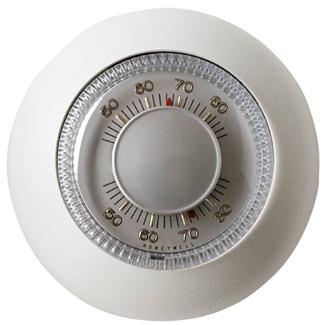With the weather turning colder it may be time to switch the furnace over from air conditioning to heat in order to keep your home comfortable. A number of different options can help you heat your home in an efficient and effective manner. Heat exchangers are just one equipment option that comes as part of a standard furnace and it can warm your entire home. Other options and upgrades are available as well.
Heat exchangers allows for heat transfer from your furnace to your home. This is one of the most common heat options in residential homes and it is usually located in your basement or garage. As the burners in your furnace burn fuel, the gases are blown through the exchanger. Indoor air blows over the exchanger and it is warmed. Then it is returned to your home through ducts and vents. This option is relatively efficient and will save money over other heating options.
Another option that can help keep your home warm while lowering monthly heating costs is to upgrade your current insulation. Warm air rises, so if you have a poorly insulated attic or crawl space, you are losing precious warm air in an area you don’t frequent often. You can add loose-fill or batt insulation to the attic to prevent air loss. Covering the foundation wall in your basement can also help keep cold air out and warm air in. Insulating around your ductwork ensures that the air that is being transferred through your ducts and out through your vents will stay warm and not lose it’s heat as it moves along.
Heat pumps are another heating and cooling system that can be quite cost efficient. A pump will take heat you find in the air and utilize it indoors where it will be used to heat your home. You can also reverse the heat pump and use it for air conditioning purposes. The process of using a heat pump in your home is very simple and you can actually make over three times as much heat as you would from a traditional furnace.
Don’t be left in the cold this winter. Make sure you have a reliable heat source that will keep you and your family warm no matter how low the temperature dips. Whether you take the trusted approach of a heat exchanger or you opt for something a bit different you will want to consult trusted professionals to get the job done right so you can rely on your heat all year long.
Attached Images:
- License: Royalty Free or iStock source: http://office.microsoft.com/en-us/images/results.aspx?qu=thermostat&ex=1#ai:MP900305825|
Jake Alexander is a part of an elite team of writers who have contributed to hundreds of blogs and news sites. Follow him @JakeAlexander17.

